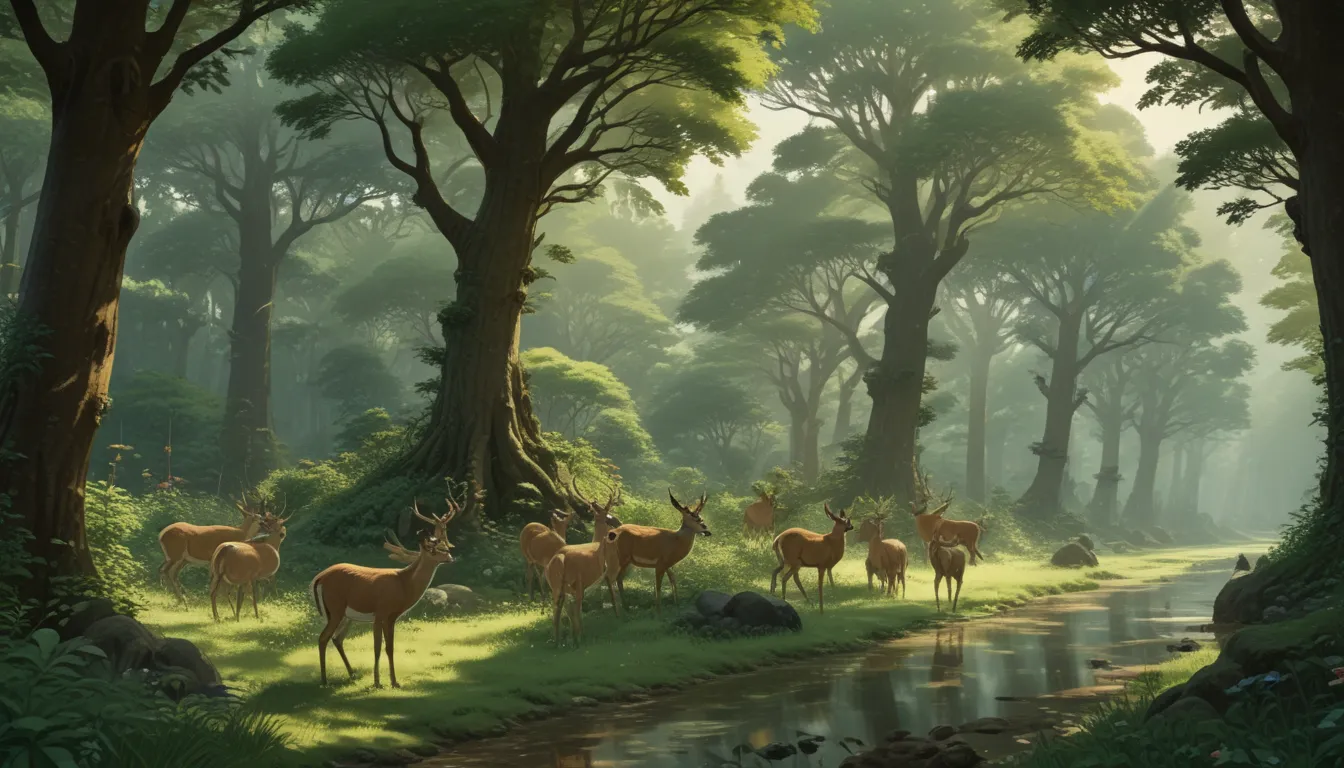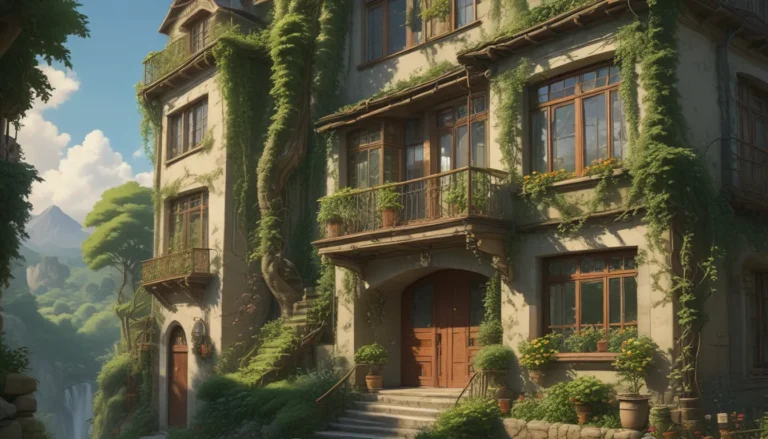Enhance Your Landscape with 15 Deer-Resistant Trees

Deer are beautiful creatures, but when they start treating your garden like a fast-food joint, it’s time to think about deer-resistant trees. While there is no foolproof way to keep deer at bay, certain trees have properties that make them less appealing to these four-legged critters.
Deer have their favorite plants to nibble on, and they particularly enjoy tender new growth and foliage. To safeguard your landscape, consider protecting new saplings or transplants with temporary fencing. It’s always better to be safe than sorry!
In this article, we explore 15 of the best deer-resistant landscape trees that you can incorporate into your yard. While not an exhaustive list, these trees can serve as specimen pieces in your garden that are less likely to be trampled on or foraged by deer.
What Makes Trees Deer-Resistant?
Deer deter certain trees for various reasons. Some trees have foliage or needles that are unpleasant or irritating to deer when consumed. Others emit pungent scents that make deer think twice before chomping down. In general, if a tree feels or smells unpleasant to us, it’s likely to be doubly offensive to deer.
Without further ado, let’s dive into our list of the 15 best deer-resistant landscape trees for your yard:
- White Spruce (Picea Glaucus) – Zones 2-6
-
White spruce is known for its stiff-needled branches and airy growth habit. It thrives in well-drained locations and can reach heights of about 45 feet.
-
Colorado Blue Spruce (Picea Pungens) – Zones 2-7
-
This classic conifer features unique blue foliage and can grow up to nearly 80 feet tall. It is tolerant of wind and various soil types.
-
Ginkgo (Ginkgo Biloba) – Zones 3-9
-
Remarkable for its fan-shaped leaves, ginkgo trees are tolerant of pollution and can thrive in various conditions. They prefer full sun and sandy, well-drained soil.
-
Red Maple (Acer Rubrum) – Zones 3-9
-
Red maple is a deciduous tree with stunning red spring and fall color. It grows well in various soil types, including sand and clay.
-
River Birch (Betula Nigra) – Zones 3-9
-
With its distinctive paper-like bark, river birch can reach heights of up to 100 feet. It thrives in moist, acidic soil and prefers sunny locations.
-
Dawn Redwood (Metasequoia) – Zones 4-8
-
A fast-growing deciduous conifer, dawn redwood thrives in moist soils and can grow up to 100 feet tall.
-
Black Tupelo (Nyssa Sylvatica) – Zones 4-9
-
Black tupelo features stunning fall foliage and grows well in various soil types. It can reach heights of about 50 feet.
-
Tulip Poplar (Liriodendron Tulipifera) – Zones 4-9
-
Known for its rapid growth, tulip poplar can reach heights of 100 feet or more. It provides ample shade and flowering in the spring.
-
American Holly (Ilex Opaca) – Zones 5-9
-
American holly is prized for its prickly leaves and wildlife-attracting berries. It thrives in acidic soils and sunny locations.
-
American Persimmon (Diospyros Virginiana) – Zones 5-9
- A versatile tree that produces edible fruit, American persimmon grows well in various soil types and is tolerant of drought conditions.
-
American Sweetgum (Liquidambar Styraciflua) – Zones 5-9
- With distinctive star-shaped leaves, American sweetgum offers stunning fall colors and can reach heights of 50 to 150 feet.
-
Flowering Dogwood (Cornus Florida) – Zones 5-9
- Flowering dogwood is known for its showy blooms, attractive foliage, and wildlife-attracting properties. It thrives in full sun to partial shade.
-
Pond Cypress (Taxodium Ascendens) – Zones 5-11
- Pond cypress offers vibrant green foliage that turns copper in the fall. It grows well in wet or boggy locations and requires minimal pruning.
-
Southern Magnolia (Magnolia Grandiflora) – Zones 7-9
- A fast-growing evergreen, Southern magnolia features large white flowers and grows well in rich, moist soils. It adds a classic touch to any garden.
-
Deodar Cedar (Cedrus Deodara) – Zones 7-11
- The Deodar cedar is naturally resistant to insects and offers a conical shape with a moderate growth rate. It prefers moist, well-drained soil and can reach heights of about 50 feet.
Get Growing with Deer-Resistant Trees
When selecting trees for your landscape, consider incorporating these deer-resistant varieties to minimize damage to your garden and enjoy the beauty they offer. These trees not only add visual appeal to your yard but also contribute to a healthier environment for wildlife.
If flowers are more your style, you can also explore deer-resistant perennials like iris and calamint or plant annuals like marigolds. Experiment with different combinations to create a landscape that is both beautiful and wildlife-friendly.
Do you have any favorite deer-resistant trees or tips for fending off curious deer in your yard? Share your thoughts in the comments below, and stay tuned for more gardening tips and inspiration at Gardener’s Path!
And if you’re looking for additional guides on managing wildlife in your garden, be sure to check out our resources on keeping moose out of your garden, deterring deer, and installing a deer fence for added protection.
Remember, creating a harmonious garden that coexists with wildlife is possible, and incorporating deer-resistant trees is a great place to start. Happy gardening!





